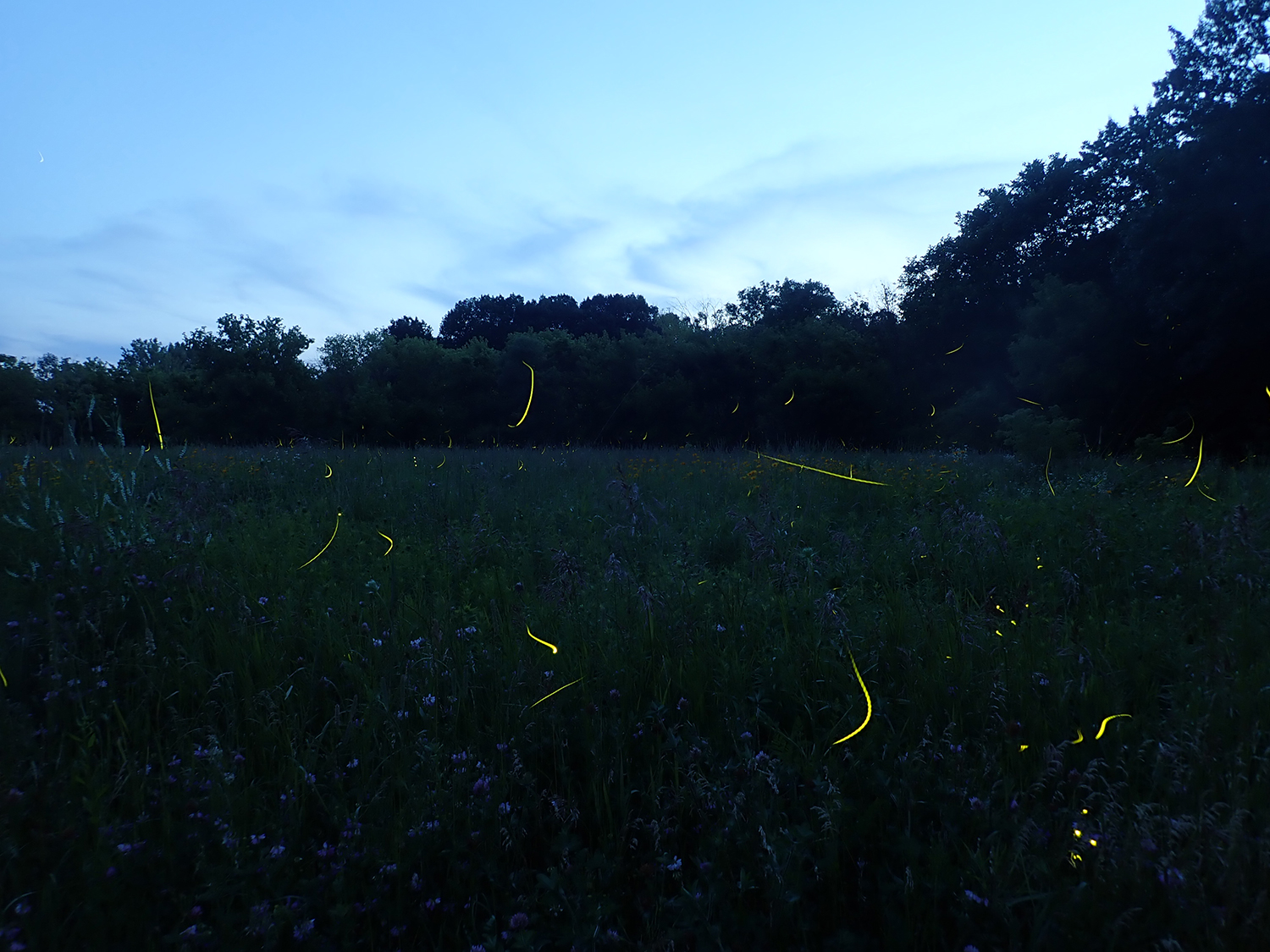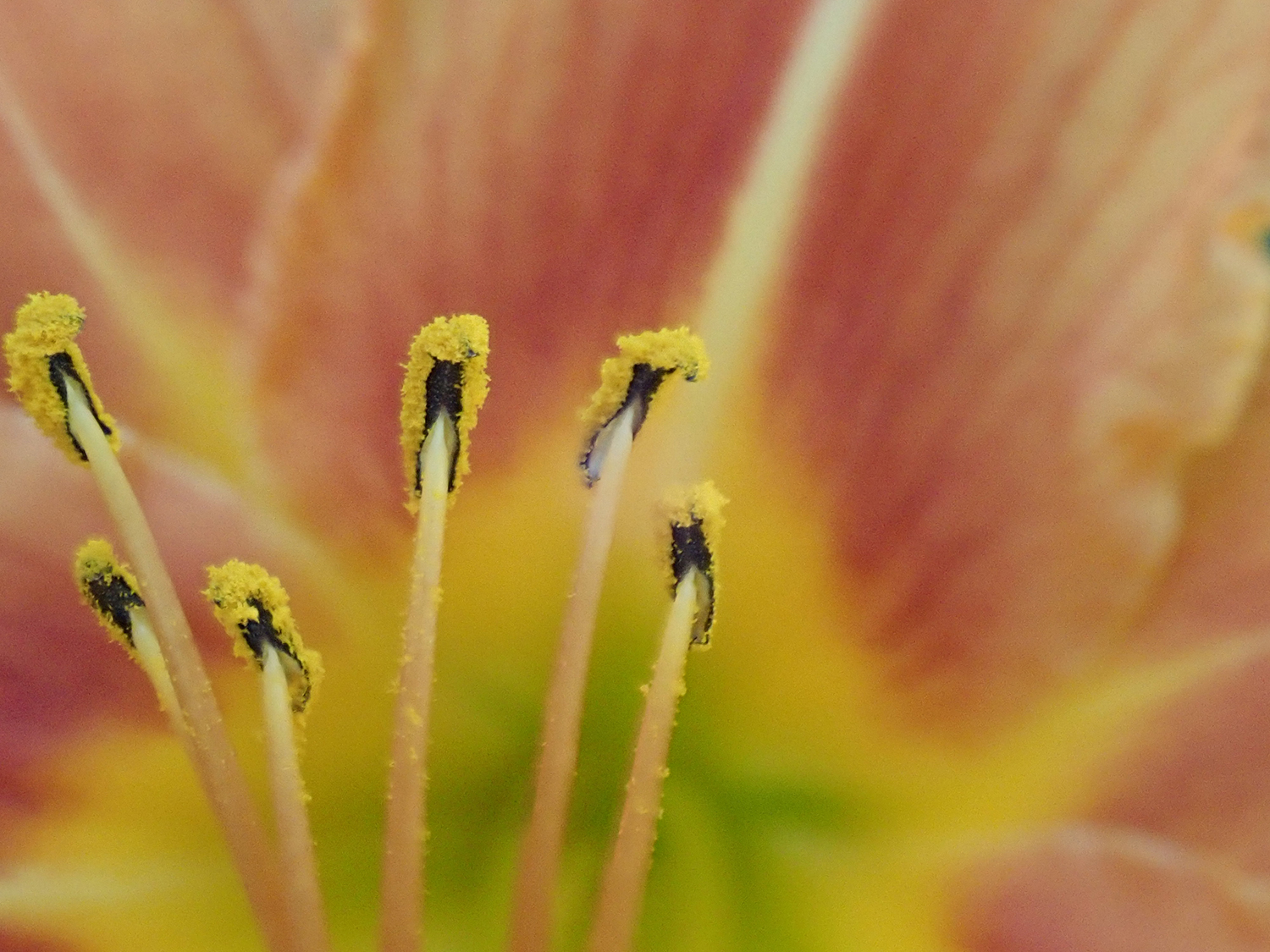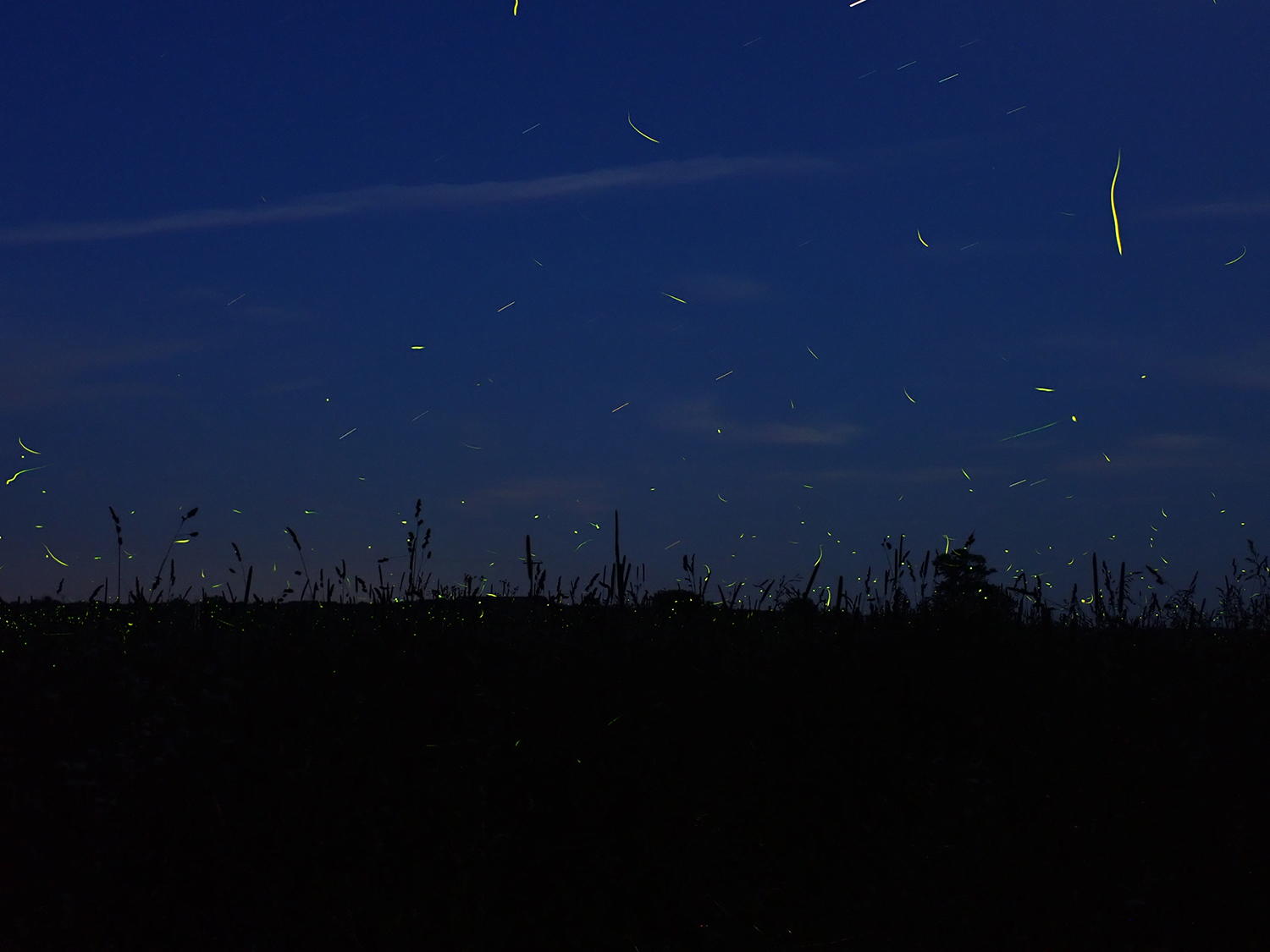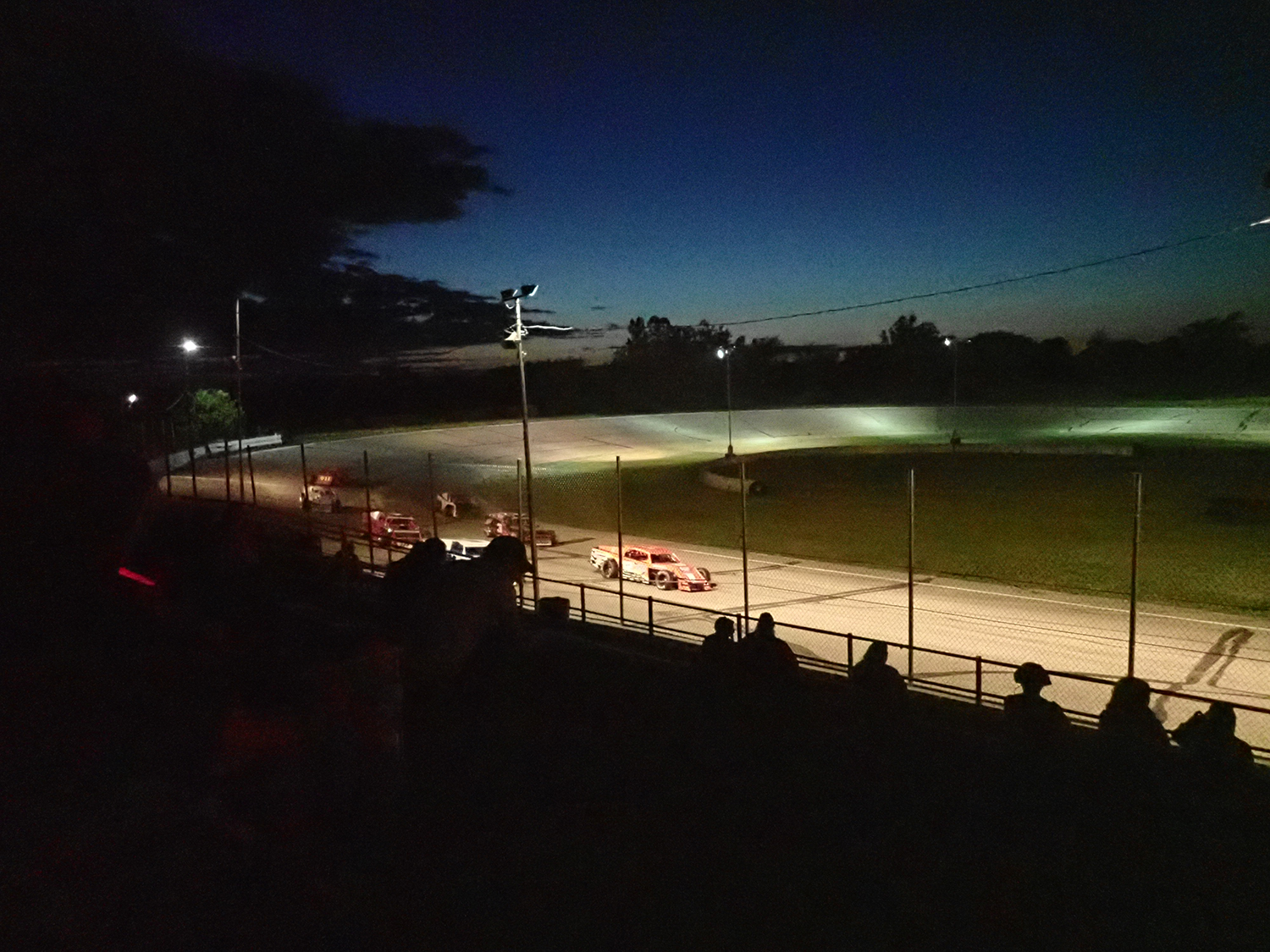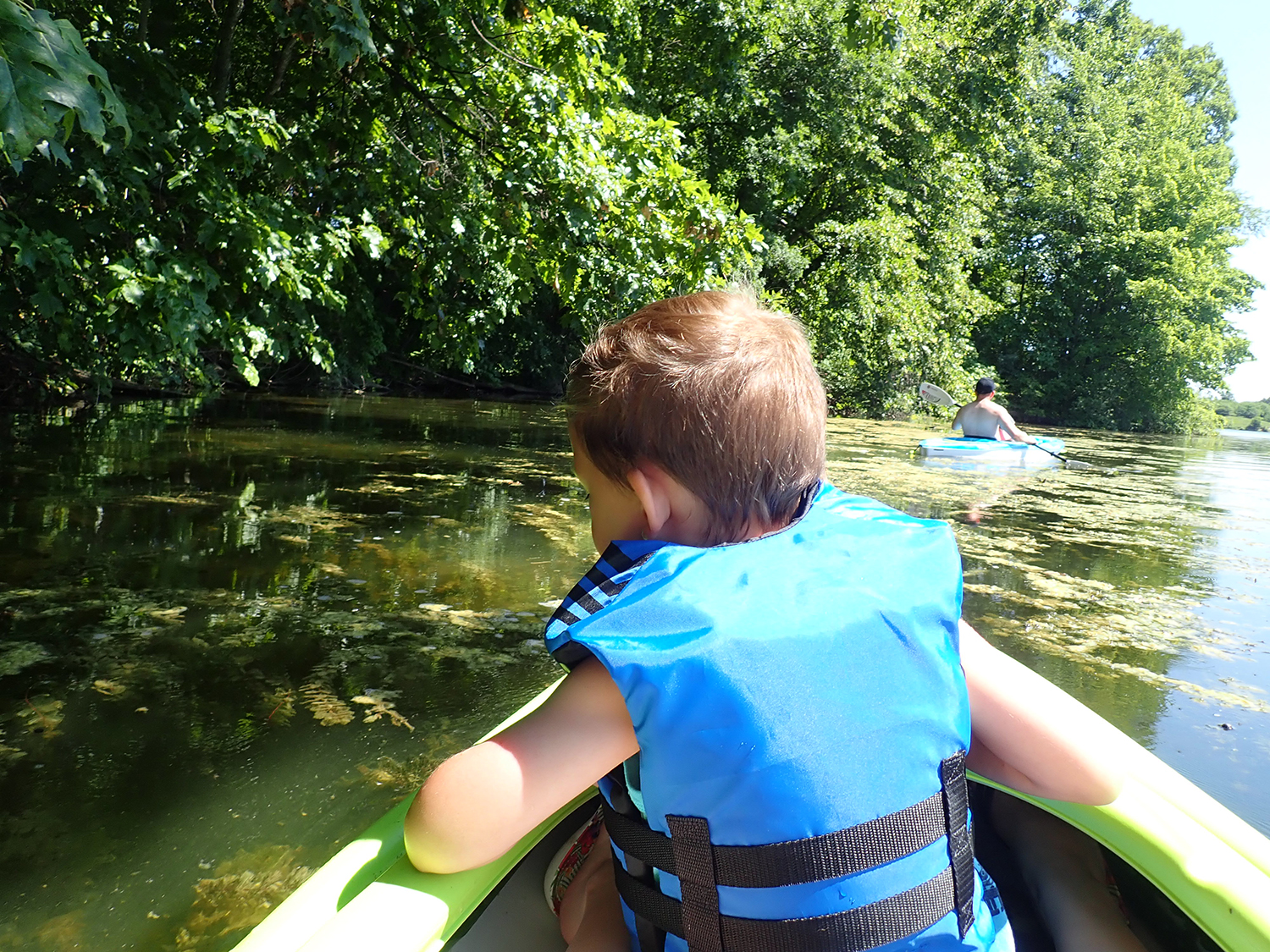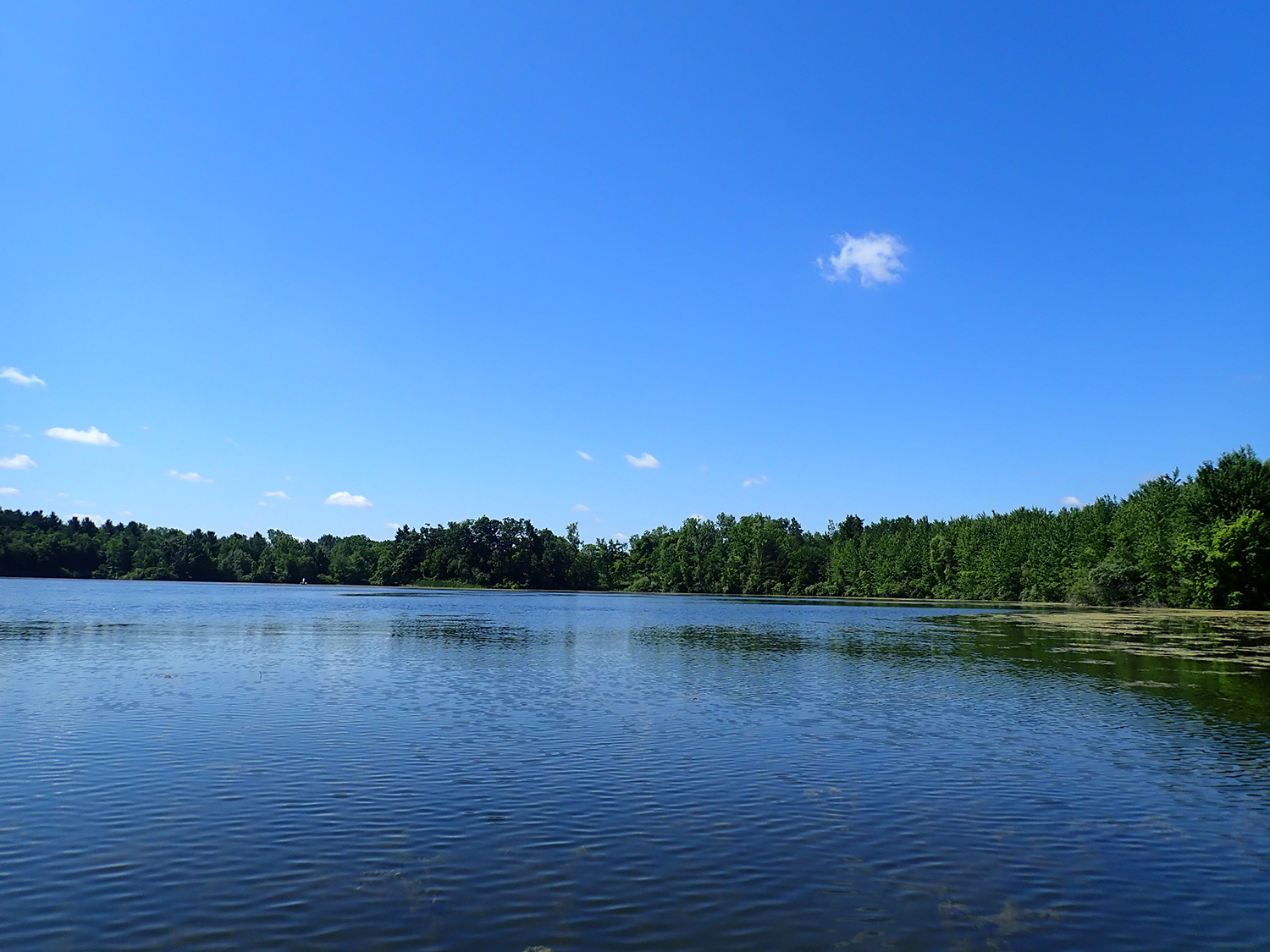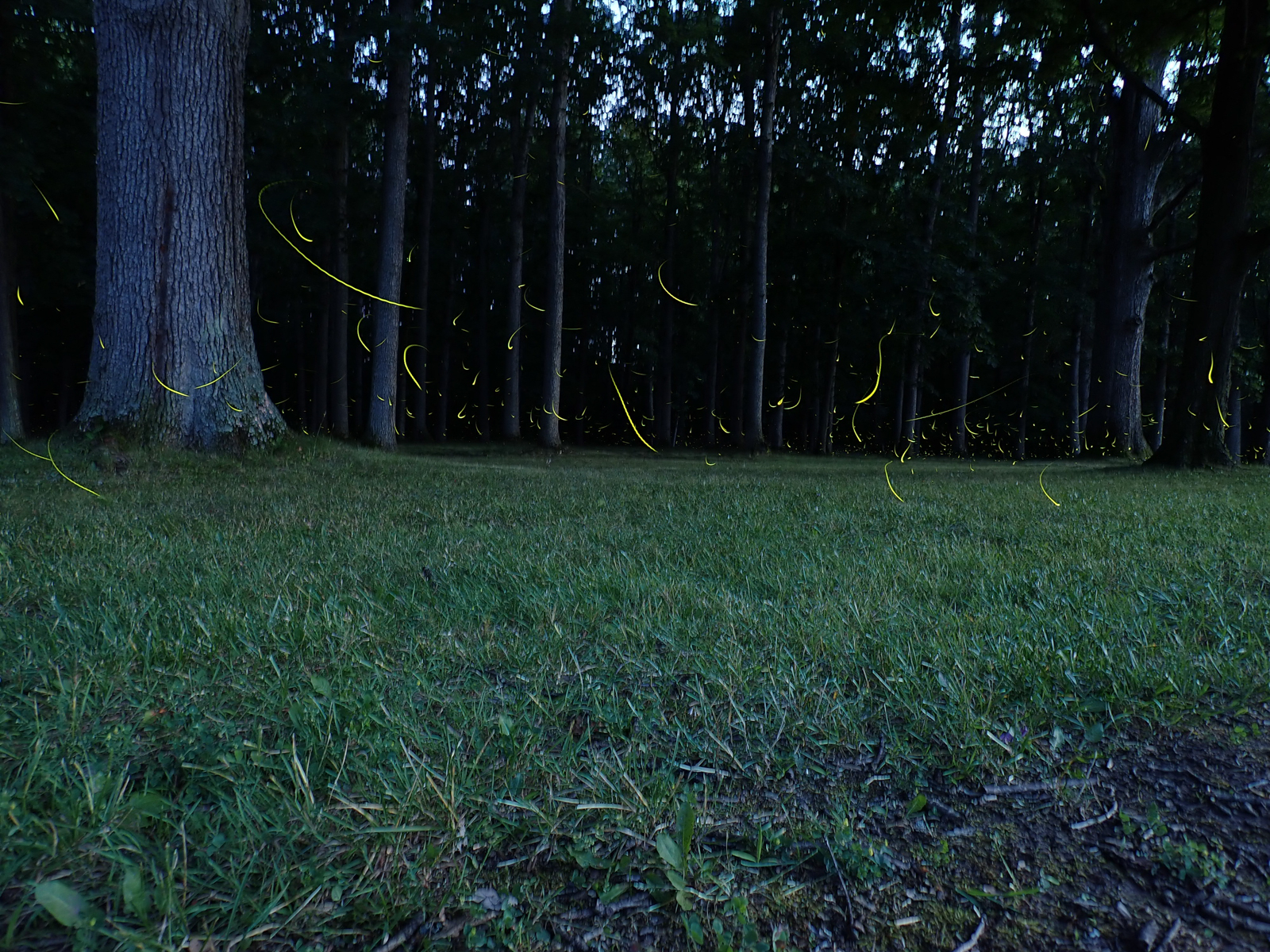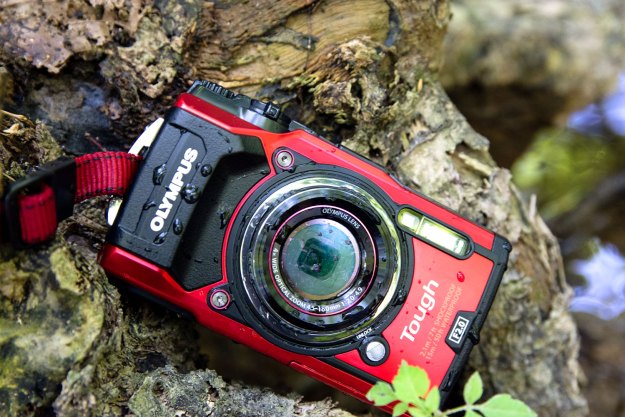
“If there’s a reason to buy a point-and-shoot, the Olympus TG-5 rugged compact is the most compelling one yet.”
- Durable body
- Punchy, sharp images
- Incredibly easy light-painting mode
- Action tracking system
- Speedy bursts up to 20 fps
- Prone to lens flares
- Log feature drains battery
Since smartphones became our everyday camera, the traditional point-and-shoot had to do some soul searching. Gone are the basic models, and the category now consists of three areas: big sensor, long zoom, and rugged — qualities that most smartphone cameras lack, and make sense to spend money on. The Olympus Tough TG-5 ($450) is in the last category. Hence its name, it can dive down to 50 feet, survive 7-foot falls, withstand dust and dirt, and brave temperatures down to 14 degrees Fahrenheit. You won’t find many camera that are as tough as nails as the one in our Olympus Tough TG-5 review.
The TG-5, on paper, has one of the best specs sheets in the rugged category, with a bright f/2.0 lens, snappy burst mode at 20 frames per second (using the electronic shutter), image stabilization, and
Compact size, strong body
Like all Olympus Tough cameras, the big selling point is that you can take it almost everywhere — places you might not want to take a
The body is made out of high-end plastic that’s sturdy and feels solid in the hands, without seeming too heavy to carry. This reviewer felt confident enough in the camera’s drop-proof rating to let her two-year-old play with it. And while we didn’t get a chance to dive down to 50 feet, the TG-5 handled the many shallow water dunks and splashes with no issues — just remember to wipe any water droplets from the lens, once the camera surfaces or you may have a few cloudy spots on the image.
The camera’s two access ports — at the bottom for the battery and SD card, and at the side for the HDMI and Micro USB ports — are double-sealed with two levers to unlock, which helps keep out water. This means accessing the battery and SD card isn’t quite as quick, but that dual-locking system is necessary to keep water and sand out.
A small grip on the front gives the camera a comfortable hold while shooting, paired with a small thumb rest at the back that’s near the controls for easy reach, including the mode dial and video record button. A 3-inch LCD (460,000 dots) dominates most of the back. Unfortunately, Olympus decided to stick with the same low-resolution display used in the previous model, so you may encounter viewing issues under bright sunlight or under water. And unlike the TG-870, which has a higher-resolution display, the one in the TG-5 is fixed, with no tilt capability.
One of the TG-5’s biggest selling features is the rugged design that can go almost anywhere.
The top of the camera looks much like you’d expect for a point-and-shoot, except there’s a DSLR-like control dial. The dial controls exposure compensation (to make the shots lighter or darker when using the auto modes), although the function switches to aperture control when in aperture priority. Next to the dial, there’s the usual shutter release that’s circled by a zoom toggle, next to the on/off button. There is also a toggle that easily turns on data logging, for the advanced geotagging, such as GPS — we will discuss this later, but turning it off allows you to save battery life.
Because the camera is so compact, many controls require drilling through sub-menus — typical for a point-and-shoot, but can get tedious for a more advanced model like the TG-5. For frequently used settings, tapping the “OK” button brings up a quick menu, where you can adjust things like ISO, metering, and focus modes. Eventually, you’ll get the hang of it after habitual use.
Holding down the menu button starts enables Wi-Fi. During first use, a QR code will appear onscreen, which you then scan by using the Olympus OI.Share app for iOS or Android. This is designed to facilitate quick pairing with a
The Olympus TG-5 design does a lot with a little camera. The build and durability has so far lived up to the camera’s specs and the control scheme offers organized access to controls. The submenus and unlabeled controls take a bit more exploring at first to uncover all the camera’s features, but the design overall works for the camera.
The TG-5 handled hikes, beach trips, and kayak excursions without any issues. While a July review period doesn’t leave much room for testing the cold weather capabilities, we tried accessing all the controls while wearing a pair of thick winter gloves. The main controls, including the on/off, zoom, shutter release, control dial, and mode dial were still accessible. The menu buttons were more difficult to use, users have to be careful not to get the gloves over the lens due to the grip’s close proximity to the lens. (We have tested previous Tough cameras in cold weather or simulated cold environments, and never encountered performance issues.)
Advanced shooting modes
The TG-5 isn’t just about brawns — it has brains, too. It includes a number of advanced shooting modes, including some borrowed from the high-end OM-D series.
Possibly our favorite scene mode is Live Composite. This mode essentially makes light painting almost as easy as shooting in auto — you just need a tripod. The Live Composite merges several images together, but unlike other composite methods, this mode calculates where the brightest areas of the image are, and only merges those areas. Essentially, the first image sets the base exposure and only areas with bright light are added in subsequent frames. That allows a subject to stand in front of the camera with a glow stick and create fun patterns, without the photographer needing to understand how long exposure works.
While this reviewer was shooting a scene full of fireflies, the camera’s frame of view and the fact that fireflies don’t light up at the same time, means with a normal mode the camera probably would have caught only one or two fireflies. In Live Composite, the scene fills with fireflies. On a DSLR, this would require serious photo editing time, so seeing it automated is incredible. The downside is that there’s no exposure compensation or manual focus, and autofocus is tricky. We found that the best time to use this feature is at dusk, when there’s still a bit of light.
Macro photography has always been one of Olympus’ strengths and the TG-5 continues that tradition by adding focus stacking and focus bracketing, along with the carryover microscope macro mode. Focus stacking merges multiple images all with different focal points, creating an image with more of the shot in focus. Normally, the closer you get to the subject, the more blur there is, so focus stacking is a nice feature for keeping details intact without needing a lot of post processing.
The mode is helpful for getting sharp macro shots and compensating for factors that will throw off an image’s focus, like a slight breeze. It’s worth noting the subject needs to remain relatively still and shooting on a windy day might not work. The TG-5, however, does have fewer customization options in the focus stacking compared to Panasonic’s similar mode, which along with focus stacking allows users to change the focal point later. (Read our Panasonic Lumix FZ2500 review on how focus stacking works in that camera.)
Another new mode, Pro Capture, was previously found in Olympus’ OM-D series of Micro Four Thirds mirrorless cameras. Pro Capture is a type of burst mode, available in most shooting modes including the semi-manual options, and starts recording images before and after the press of the shutter. It makes it easier to get better timing on action shots. The camera captures a short series of photos, which you can choose the best shot from later.
Live Composite mode essentially makes light painting almost as easy as shooting in auto.
Scene modes are separated into categories for people, nightscapes, motion scenery, and outdoors. Both the macro and the underwater modes have a dedicated spot on the mode dial for faster access. While the dedicated record button means you can record a video in any mode, users have to use the dedicated video menu and then choose
The traditional slew of scene modes performed just as we expected, with the exception of the panorama mode. The mode is easy enough to shoot, with an on-screen circle helping to match up the photos, but the software doesn’t do a very good job of stitching. Some of the panoramas had very obvious, misaligned stitches and while shots taken very slowly and carefully were more acceptable, the exposure didn’t appear quite even across the frame.
While panoramas, focus stacking and even light painting are available in
Tracking your every move
Perhaps the biggest improvement over the TG-4 is the TG-5’s tracking system. The TG-5 is capable of recording additional data related to the photo or video. The system, introduced in the Tough TG-Tracker, can record elevation, temperature, average speed, and location (via GPS). This function can be enabled via the switch we mentioned earlier, rather than needing to drill through menus.
With the data, the OI Track app (unfortunately, this is a separate app you must download) presents users what’s basically their entire adventure laid out on a map — a neat feature when using the camera for hiking, kayaking, and other adventures that cover a large distance. The map and data can then be added to any of the images and videos taken during that log. Users can also add notes and a description of the activity in the app, since unlike some fitness trackers, the camera can’t automatically detect whether you are simply walking, riding a bike, or paddling a canoe.
The OI Track app has a fairly straightforward design, and users can use it to download images wirelessly from the camera. We would like to see Olympus add a few more features, like the ability to combine multiple logs within a single trip, but the app is easy enough to use.
The camera will continue tracking for as long as the log is enabled — even after the camera turns off. On a road trip, for example, you could leave the log on and record the entire trip, as long as you brought along the USB cord to charge it in the car between stops, since the logging system does drain the battery faster.
One quirk is that the camera needs to power on first before you can enable the log. Otherwise, the camera doesn’t register that the switch is toggled to the “on” position. This is also true if you want to disable the feature: The camera must be on before you can flip the switch off.
Snappy performance, average battery life
The TG-5 performs well in ideal situations. Autofocus, under good lighting, is quick, although the camera tends to favor that center autofocus point and occasionally needs a refocus to get the focus on an off-center subject. As expected, the camera’s autofocus speed drops off in limited light, but was still accurate enough to get several shots at dusk, including those fireflies in the Live Composite mode.
In most modes, the camera records the data quickly, and is nearly instantly ready to shoot again even after a short series of burst photos. A speedy 20 fps is available if you don’t mind using the electronic shutter, which has a tendency to create more noise at high ISOs, or 5 fps when using the mechanical shutter. Quick burst speeds are useful for capturing fun water-splash images.
A few of the modes require more patience. Both the Live Composite and focus stacking modes take a few seconds before actually shooting in order to prepare, and a few seconds after to merge the files — longer for extended Live Composites.
Battery life is about average for a point-and-shoot, rated at 340 images. However, that doesn’t account for things like Wi-Fi, the tracking system,
Image quality
The single-digit TG-series (not to be confused with budget options like the TG-870) first gained respect from the photo community because of its bright f/2.0 lens. When you put several feet of water between you and the sun, a bright lens becomes a pretty big plus when shooting underwater. The TG-5 pairs the bright f/2.0 lens with a 4x optical zoom. It uses a lower-megapixel, 1/2.3-inch sensor than the TG-4 (12MP versus 16MP), but it allows for better low-light performance (in theory, at least). The TG-5 also gets a new image processor that’s also better for low light. And unlike most rugged cameras, the TG-5 can shoot in RAW, which gives you more flexibility in post-editing.
In low light, the TG-5 isn’t bad for a compact camera. Noise becomes noticeable at ISO 800, and finer details, such as texture, start to fade after ISO 1600. We wouldn’t hesitate to use it at ISO 3200, and even 6400 if we really wanted to prevent blur, at the expense of noise. The quality is right within range of what we would expect for a compact camera.
A sensor-shift image stabilization system helps keep blur out of shots at lower shutter speeds. For the sample photo of a deer and her fawn, we shot handheld just as the sun was creeping below the tree line, at 1/100th of a second and ISO 6400, and using the full 4x optical zoom. The quality isn’t the best because of the high ISO (notice how the fawn’s spots don’t have very defined edges), but we were still able to capture the shot.
On the sunny beach days that the TG-5 was designed for, the images are very punchy and full of contrast. Colors are generally accurate in-camera and the TG-5 does a good job of keeping the skies blue while still getting a proper exposure of the surrounding landscapes. The camera has an occasional tendency to overexpose the brightest areas of an image — something that’s not surprising with a compact camera — but overall the automatic modes did a good job.
With tracking sensors, you can record extra data like altitude, location, and speed.
Edges are generally sharp with excellent detail, particularly for macro shots. High contrast areas occasionally have a darker blue edge (chromatic aberration), but overall quality is good considering the camera.
While the TG-5’s lens is bright, it does suffer from a tendency to create sun flares — although that’s probably a result of the camera’s protective covering and not the actual lens itself. If the sun is low in the sky and you are shooting in that general direction, expect some lens flaring. When the sun is closest to the horizon, expect not just the artistic single flare but also a starburst pattern that nearly covers the entire image.
Hitting the record button in any mode will start a high-definition recording (Full HD 1080, up to 60 fps), creating a video with the quality we’d expect from a compact camera, like this:
The TG-5 can also bump up the resolution to
In summary, image quality from the TG-5 is solid for the price point and category, with decent low-light performance and excellent color, although the camera is more prone to lens flares than most. The ability to shoot in RAW, however, allows you to remove blemishes.
Our Take
With a rugged design, solid image quality, unique shooting modes for macro and light painting, and tracking system, the Olympus TG-5 is the ideal adventurers’ camera. It continues to prove that point-and-shoots still have a place, as long as it can go places that a
Is there a better alternative?
The TG-5 offers a mix of durability, features, and speed that many rugged cameras don’t offer. Even its counterpart, the TG-Tracker, lacks some of the features including sensor-shift stabilization, optical zoom, Live Composite, Microscopic Mode, Pro Capture, and RAW support. We sometimes suggest buying an older model to save some money, but the TG-5 is more than a basic evolution from the TG-4.
The Ricoh WG-50 offers a few more megapixels, but the lens isn’t as bright at f/3.5-4.2. The WG-50 also has a faster burst using the physical shutter at 8 fps, but the TG-5’s electronic 20 fps burst still easily breezes past that number. If you truly want to go on a deep-sea dive, the Nikon W300 offers twice the depth rating — the lens isn’t as bright but has a slightly longer zoom, and the 100-foot depth rating could give some users a reason to opt for the Nikon.
Action cams are primarily used for video, and while it isn’t a direct comparison to rugged point-and-shoots, the lines are being blurred. A camera like the GoPro Hero5 Black, for example, offers similar traits. If you are into video more than stills, you should look at a GoPro or the Garmin Virb Ultra 30. Both cameras capture great
How long will it last?
With a body designed to handle drops, dust, and water, the TG-5 should last longer than the typical point-and-shoot. Olympus has been on a two-year update schedule with this series, and it has been good about keeping its cameras fresh by way of firmware updates, so if that continues, we should see the TG-6 with some tech updates in 2019, provided the company doesn’t pull out of point-and-shoots entirely. Most users can get plenty of use out of it until then.
Should you buy it?
Yes, if we had to buy a point-and-shoot camera today. Whether you already shoot with an interchangeable lens camera or a
Of course, the TG-5 isn’t for everyone. While the rugged qualities are nice for the adventure types, casual users can equip their smartphones with rugged cases for by-the-pool use. It also has a premium price tag that you shouldn’t overlook — are the features and performance worth it, or can you spend the money on a long-zoom or large-sensor compact? Only you can decide, but we think the TG-5 is the best model yet to grace this category.
Editors' Recommendations
- The best point-and-shoot cameras
- The Panasonic Lumix S5: Everything we know
- The Nikon Z 5 doubles down on SD card slots despite its entry-level price
- Olympus launches Tough TG-6 waterproof compact, and we’re not entirely sure why













